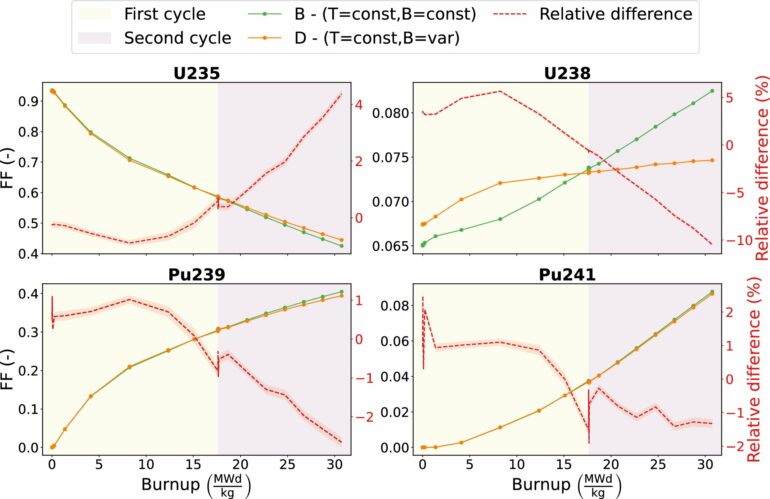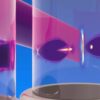Nuclear fission is the most reliable source of antineutrinos, but they are difficult to characterize. A recent study suggests how their emission can be simulated most effectively.
Antineutrinos are mysterious fundamental anti-particles with no charge and an exceptionally small but non-zero mass. The JUNO project (Jiangmen Underground Neutrino Observatory) in China is a large scintillation detector designed to detect them and to characterize their properties, particularly in precise measurements of that tiny mass. Anti-particles are hard to measure and even harder to control, even when they come from a strong and reliable source.
A group of Italian physicists, led by Monica Sisti of the Istituto Nazionale di Fisica Nucleare (INFN) in Milan and Antonio Cammi of the Politecnico di Milano and part of the JUNO collaboration of over 700 scientists from 17 countries, has now modeled parameters that determine the ‘antineutrino spectrum’ emitted by a source.
The results are published in the journal The European Physical Journal Plus.
Antineutrinos, with electrons, are emitted from unstable atomic nuclei during the process of beta decay in which a neutron transforms into a proton. The strongest reliable and controllable source of antineutrinos on Earth is as a byproduct of energy generation by nuclear reactors.
JUNO was built in Jiangmen to take advantage of nearby nuclear power plants at Yangjiang and Taishan, and its scintillator detects and then characterizes the antineutrinos they emit.
It is useful to discover how the number and properties of the antineutrinos emitted by a reactor, and therefore its efficiency as a source, depend on parameters associated with the reactor core.
Simulations can be helpful but these are still complex and time-consuming. Cammi and his co-workers simulated antineutrino production from several unstable, beta-emitting nuclei in spent reactor fuel using a Monte Carlo method of repeated random sampling.
They found that keeping the temperature constant but varying the amount of boron added to the reactor coolant provided the most cost-effective simulations based on a combination of speed and accuracy.
“So far, we have used generic reactor designs in our modeling,” says Cammi. “Our next analyses will be based on the exact designs of our two neighboring reactors.”
More information:
A. Barresi et al, Analysis of reactor burnup simulation uncertainties for antineutrino spectrum prediction, The European Physical Journal Plus (2024). DOI: 10.1140/epjp/s13360-024-05704-z
Citation:
New simulation method models antineutrinos emitted from nuclear reactors during fission (2025, January 6)



